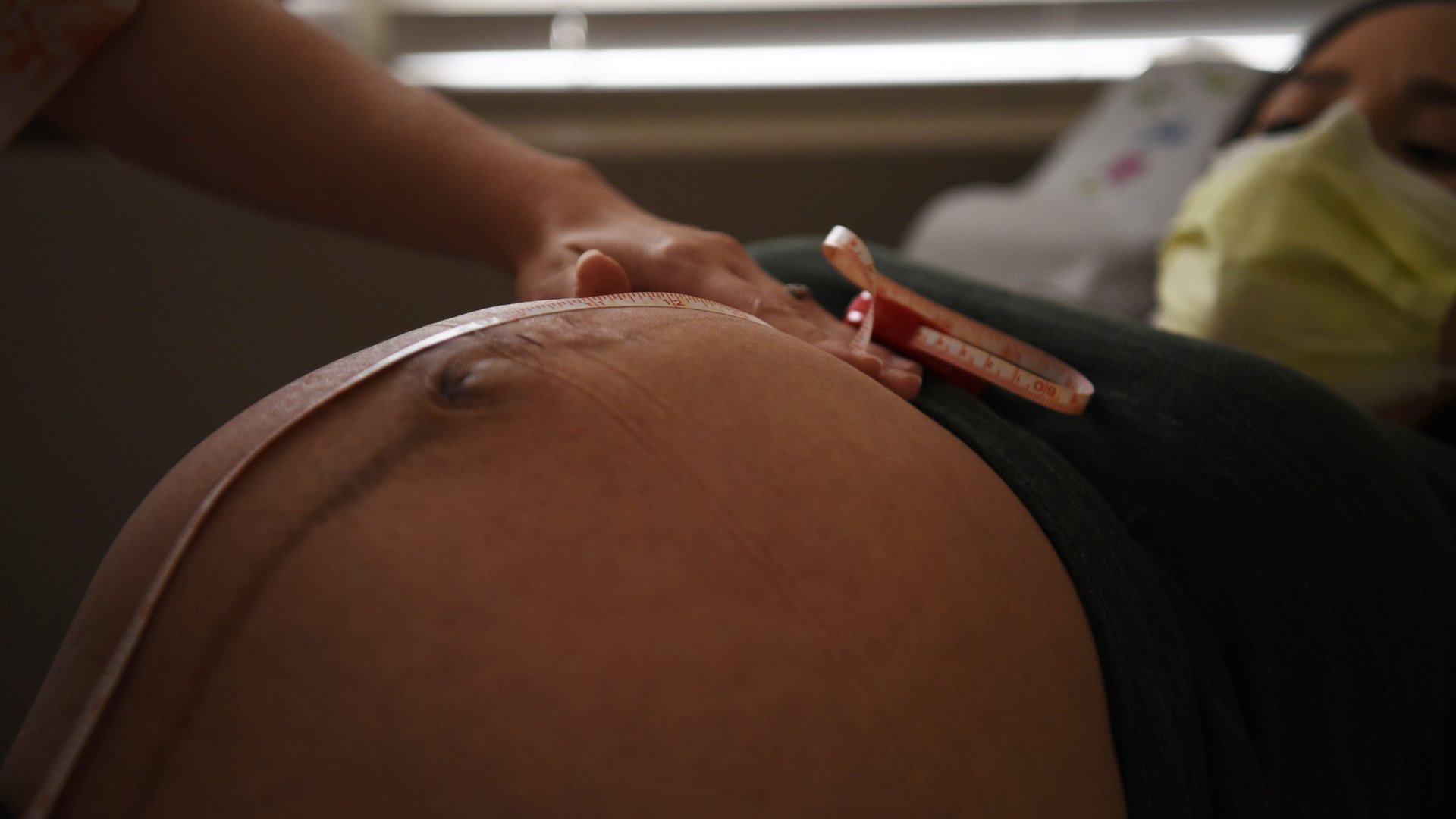The chances of having a C-section are shaped by a doctor’s previous patient
Cesarean sections are the most common major surgery in the US. About 1.3 million women have surgical deliveries every year, accounting for a third of all births. C-sections are performed for a host of medical reasons ranging from the health status and age of the mother to the wellbeing of the fetus during delivery.


Cesarean sections are the most common major surgery in the US. About 1.3 million women have surgical deliveries every year, accounting for a third of all births. C-sections are performed for a host of medical reasons ranging from the health status and age of the mother to the wellbeing of the fetus during delivery.
Other factors have also been shown to impact the frequency of C-sections, including the design of the hospital, the availability of beds, and the individual doctor’s inclination to perform surgery.
Now, a new study published Oct. 15 in the journal Science, identified a factor external to the individual delivery that has an influence over whether doctors will perform a C-section, or opt for a vaginal delivery: their previous patient’s delivery.
How external factors influence doctors’ decisions
The research looked at 86,000 health records from two American hospitals, whose names cannot be disclosed because of the granularity of the data, says the paper’s author Manasvini Singh, an assistant professor of health economics at the University of Massachusetts, Amherst.
Singh found a clear, if marginal, impact of the previous delivery on a doctor’s decisions regarding the following one. “When there are complications in a prior delivery, the physician is more likely to switch to the other mode of delivery for the next patient,” says Singh.
Although she clarifies the study didn’t focus on how the previous delivery might influence a doctor’s decision, Singh offers a clue: the obstetrician’s personal comfort with tricky deliveries. “All physicians have their own personal threshold above which they will perform a Cesarean [section],” she says. “If there is a prior complication in a prior vaginal [delivery], maybe this threshold is lowered just a little, they are slightly more likely to use a Cesarean.” In the opposite direction, a complicated C-section might push the threshold marginally up, making it less likely that the doctor will opt for a surgical delivery.
The impact of the previous patient on the decision of performing a C-section is limited, making a doctor 3% more or less likely to perform a C-section. “There are many factors of which this is one. It’s small but it’s very interesting because it should not be playing a role,” says Singh, whose broader research focuses on medical decision-making. There is no clear benefit in switching mode of delivery based on immediate precedent experience, Singh said.
The mode of delivery can have serious effects on the outcomes of a birth, and any influence on the process that isn’t strictly related to the patient should be avoided, no matter how small, she said.
How to get better delivery room outcomes
“People react to bad outcomes more than to good ones,” says Singh. This “lose-shift” tendency—alongside the opposite, “win-stay”—isn’t limited to child delivery, but extends to other areas of medicine. For instance, says Singh, after a procedure that didn’t go as planned, a doctor is more likely to order more tests—although unlike the question of delivery, this doesn’t involve higher risks for the patient.
The “lose-shift” mechanism doesn’t only affect physicians, either, and Singh highlights it is neither conscious, nor something one could hold the doctor responsible for. This said, there are interventions that could be adopted to help doctors limit the undue influence of their previous delivery, for instance through the use of artificial intelligence.